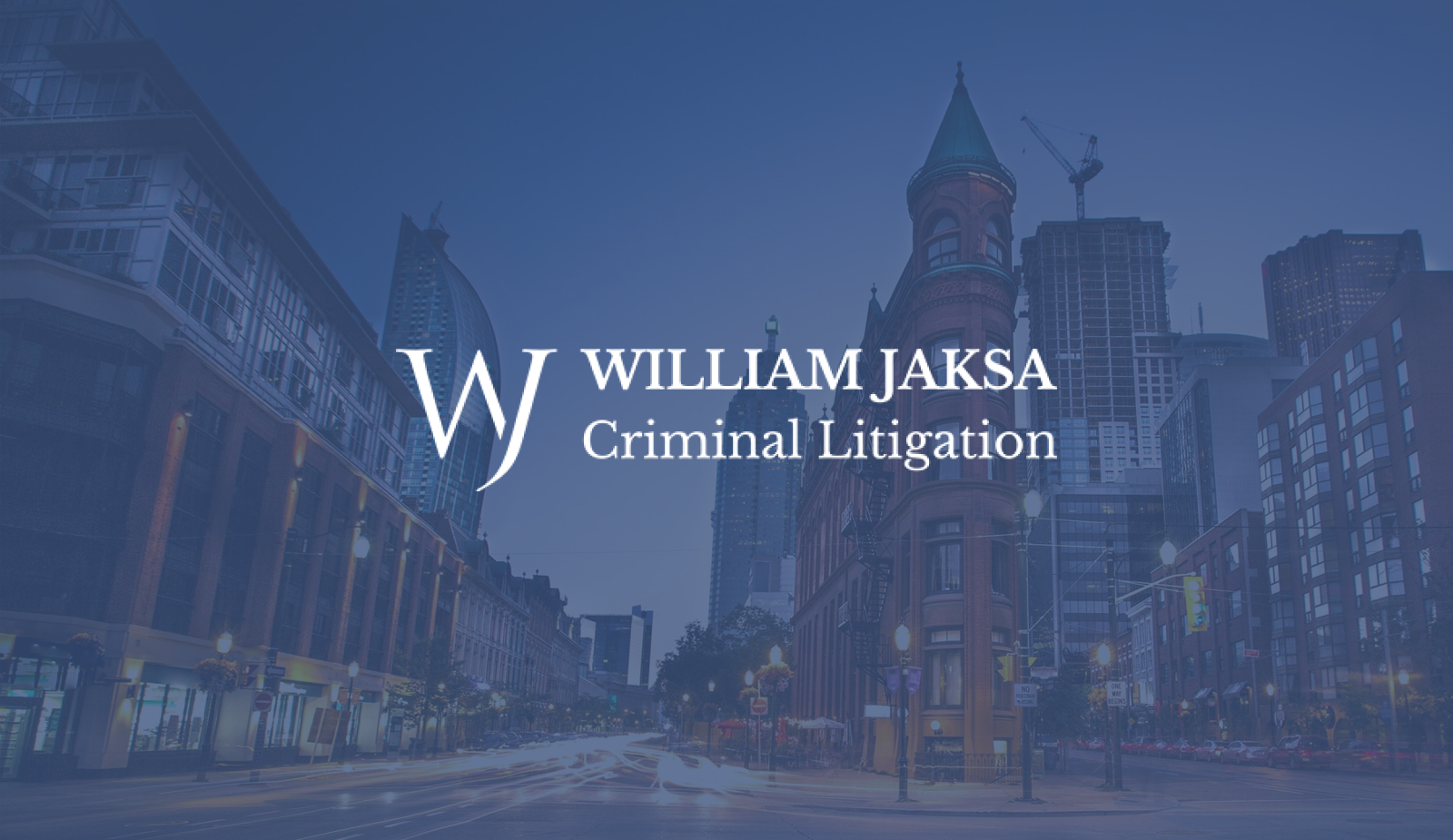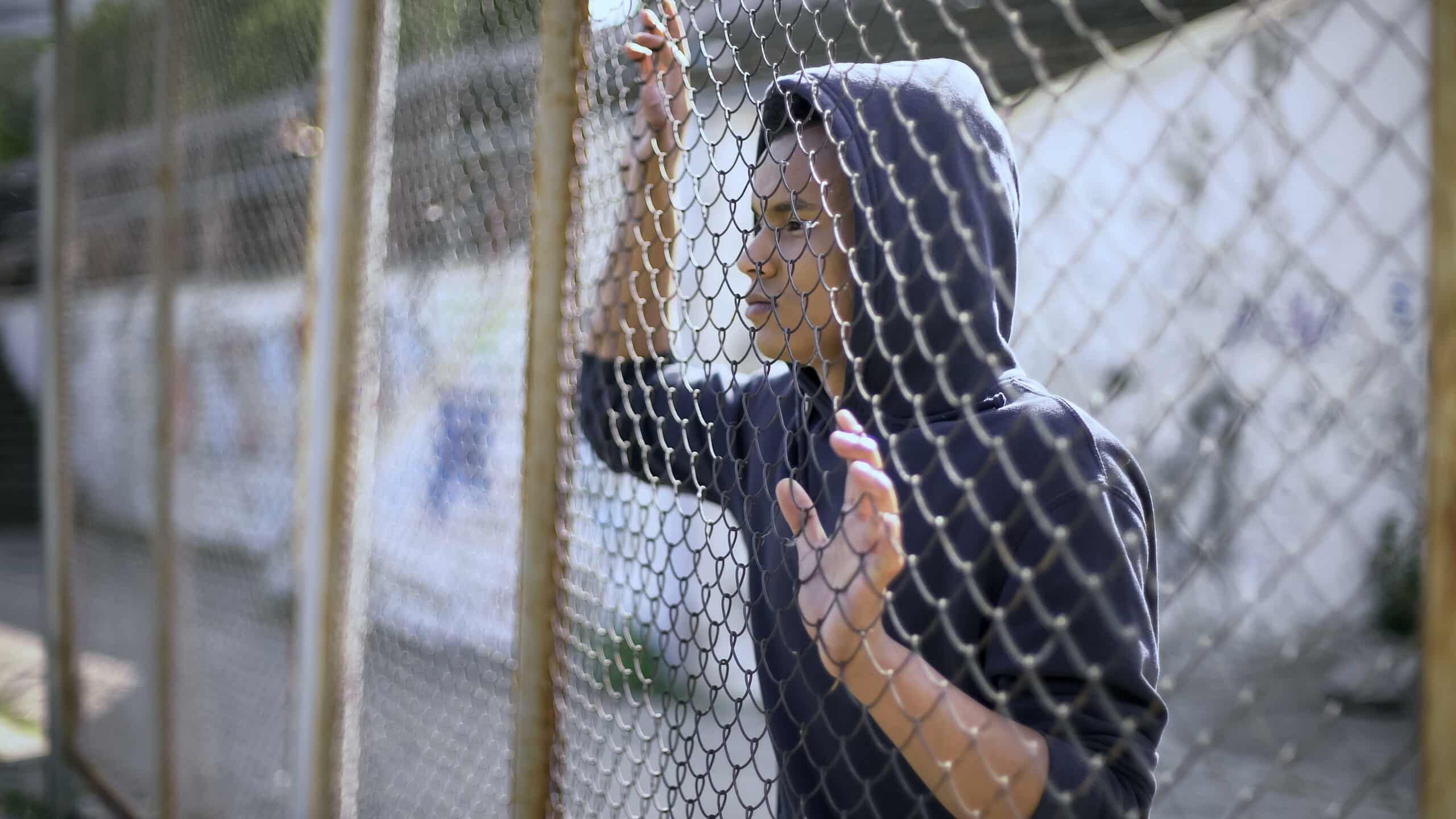On his recent visit to Toronto, Trudeau made headlines with a plan to ban semi-automatic assault rifles. While the prohibition of military-style assault rifles drew the most media attention, he also addressed a plan that would allow cities to add further restrictions, or outright bans, on handguns. But the question remains, how are handguns getting into Canada?
Although assault rifles are a flashier news item, handguns have a much larger impact on Canadians. They are involved in a disproportionately high percentage of firearms offences compared to other, easier to legally attain, weapons. This is, in part, due to the ease of carrying and concealing these smaller weapons.
Less than 12% of Canadian households with firearms have handguns. Yet they are involved in nearly 60% of all firearms offences.
Despite being a restricted firearm, handguns seem to be easily obtained on the black market. And they continue to be used in criminal activity, including the mass shooting on the Danforth. The site of which the prime minister used to announce the assault rifle ban.
Can tighter gun laws help keep handguns off the streets, or is it more political rhetoric designed to earn favour before an election? To decide, we take a look at how illegal handguns are getting into Canada.
HOW ARE PEOPLE GETTING HANDGUNS INTO CANADA?
Over the past decade, the way criminal organizations obtain handguns has changed. Although the perception remains that firearms are all coming from the USA, most handguns involved in Canadian criminal offences are purchased legally by Canadians. We take a look at a few of the ways people illegally obtain handguns.
American Gunrunners
In the past, the most common source of black-market handguns in Canada were American gunrunners. Guns were purchased by Americans in states like Ohio and Florida where there are looser firearms restrictions. This makes it easier for the purchaser to get the weapons and makes the source harder to track down.
Gunrunners would then smuggle the handguns over the border, delivering them to Canadians at a significant markup.
Since these firearms had origins outside Canada, handgun bans received a lot of criticism. If criminals were using American firearms for criminal offences, why should Canadians have to give up the rights to their handguns?
However, it’s time for a shift in perception. Because now, most handguns involved in firearms offences are coming from Canadian households.
Straw Buyers
Today, straw buyers are one of the most common ways for criminal organizations to obtain handguns. The process is fairly simple:
- The straw buyer gets a licence for restricted firearms.
- They purchase handguns and ammunition.
- The buyer sells them at a significant markup.
- After a few years, they report the weapons as stolen.
Although the straw buyer process is simple, it’s effective. It becomes difficult for the police to prove that the buyer was fencing the gun, rather than their house being targeted for robbery in order to obtain the guns.
As well, by waiting a few years to report the robbery, it makes it less obvious that the gun was purchased with the intent to traffic. And makes it harder to track where the firearm ended up.
Even though restricted firearms are supposed to be harder to get, obtaining a license isn’t that difficult. After taking a Canadian firearms safety course and writing the exam you simply apply for a handgun licence and apply to purchase the gun.
If reference and background check clears, you can legally obtain a handgun in as little as 4 months.
Theft
Part of the reason firearms trafficking techniques like the straw buyer work is that handgun owners are targeted for robbery. Those identified as members of a criminal organization have a harder time obtaining a handgun licence through legal means. And even if they can, they wouldn’t want to use a weapon registered in their own name for a criminal offence.
As a result, theft is a common way to obtain a handgun for the purpose of a criminal offence. This puts households with restricted firearms at a greater risk of burglary.
With as high as 9 of 10 burglaries going unsolved, theft can put a lot of Canadian-owned handguns on the street.
At this point, it’s hard to say whether the, yet undefined, potential handgun ban is the right plan for keeping restricted firearms off the street. But, there is a definite need to address how easily firearms are trafficked from Canadian households.
CRIMINAL DEFENCE LAWYER FOR FIREARMS OFFENCES
Are you or a loved one facing firearms offences in Toronto? Secure your best available outcome with a defence lawyer. William Jaksa is a Toronto criminal defence lawyer with experience and expertise in handling firearms offences. He will help you understand your charges, your options, and the potential outcomes. Contact us today for a consultation.





